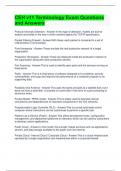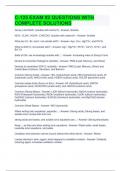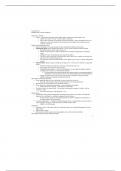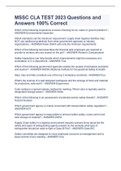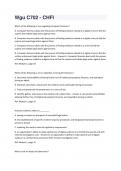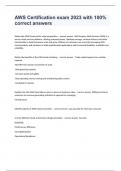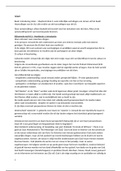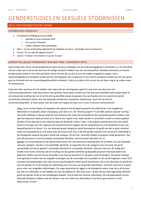Exam (elaborations)
CEH v11 Terminology Exam Questions and Answers
- Course
- Institution
CEH v11 Terminology Exam Questions and Answers Protocol Anomaly Detection - Answer-In this type of detection, models are built to explore anomalies in the way in which vendors deploy the TCP/IP specification. Packet Filtering Firewall - Answer-With these, each packet is compared to a set of cr...
[Show more]
